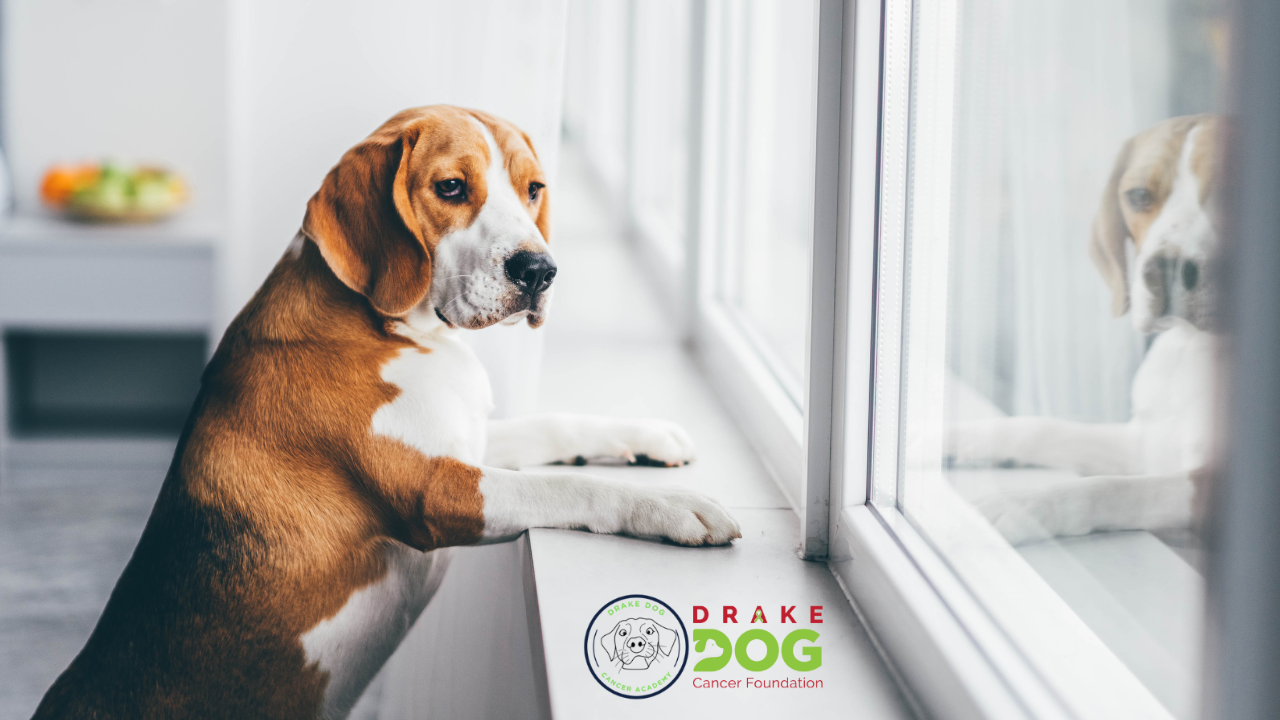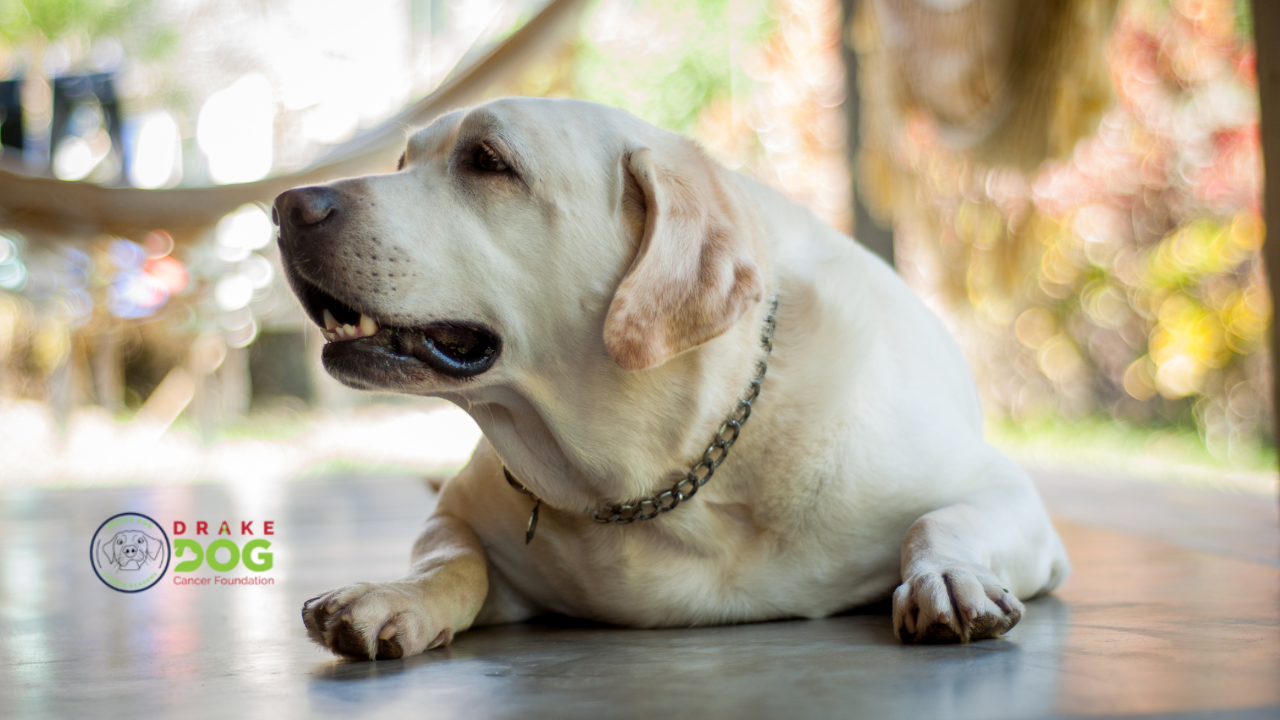What is Epitheliotropic Lymphoma in Dogs?
Feb 03, 2025
That's a mouthful, isn't it? Epitheliotropic lymphoma in dogs. What does that even mean? Basically, epitheliotropic lymphoma is a common type of skin lymphoma in dogs. It appears as lumps, plaques, or scabs and often causes dry, flaky skin and hair loss.
This cancer comes from something in your dog's body called T-cell lymphocytes. That sounds pretty scientific and doesn't really explain much, though, does it? Let's break it down some more.
What are Lymphocytes?
Lymphocytes are a type of white blood cell that help protect the body from disease. There are two main types—T cells and B cells—and each has its own job in the immune system.
These cells are found all over the body, even in the skin. Some areas, like the lymph nodes, have a lot of them because they’re key parts of the immune system.
What is Lymphoma of the Skin?
Skin lymphoma (also called cutaneous lymphoma) happens when lymphocytes grow abnormally and form lumps, plaques, or other skin lesions. There are different types, including:
- Epitheliotropic lymphoma (also known as mycosis fungoides)
- Canine cutaneous T-cell lymphoma (CETL)
- Non-epitheliotropic lymphoma
Each type behaves a little differently, but all affect the skin.
What Causes This Type of Cancer?
There’s no simple answer to why a dog develops cutaneous lymphoma—or any cancer, really.
Most cancers don’t have just one cause; they’re usually influenced by a mix of genetics and environmental factors.
For this type of lymphoma, no specific cause or risk factors have been found yet.
What Are the Signs of Cutaneous Lymphoma in Dogs?
The symptoms can look different depending on where the cancer is. Sometimes, there’s just one lesion, but more often, multiple irritated, ulcerated, or infected lumps or plaques show up on the skin.
It can also affect areas like the gums, nose, or the edges of the lips, causing sores that might bleed or get crusty. If that happens, your dog could have some discomfort, especially when eating.
What Does It Look Like?
Epitheliotropic lymphoma is the most common type of skin lymphoma in dogs. It can show up as lumps, plaques, or scabby patches on the skin, often looking dry, flaky, and causing hair loss.
Since this cancer comes from T-cell lymphocytes, it can sometimes cause high calcium levels in the blood (hypercalcemia).
If that happens, your dog might drink and pee more than usual, feel unwell, or even develop vomiting and diarrhea. In severe cases, it can lead to kidney problems.
Dogs with non-epitheliotropic lymphoma have similar skin lumps, but the disease often spreads deeper under the skin.
How Do Vets Diagnose Cutaneous Lymphoma?
The best way to know for sure is through a biopsy—where a small piece of the tumor is removed and examined under a microscope.
Since lymphocytes naturally exist in the skin (especially during infections), a biopsy is the most reliable way to confirm lymphoma.
Other tests might include:
✔ Fine needle aspiration (FNA): A sample is taken from a lesion or lymph node to check for cancer cells.
✔ Blood and urine tests: To see how the body is handling the disease.
✔ X-rays: To check if the cancer has spread to organs.
✔ Biomarker testing: Some proteins (like C-reactive protein) may be elevated in lymphoma.
✔ PCR testing: Helps tell cancerous lymphocytes apart from normal immune cells.
How Does This Cancer Progress?
Over time, multiple lesions may develop, grow, and spread to other parts of the body, including:
- Lymph nodes (neck, shoulders, armpits, groin, behind the back legs)
- Internal organs (like the spleen or liver)
As the disease progresses, the lesions can become uncomfortable, leading to itching, pain, and infections.
How Is It Treated?
The main treatment is chemotherapy. Many dogs respond well at first, but unfortunately, the cancer often returns within a few months (usually around 3 months).
Most dogs with cutaneous lymphoma live anywhere from 6 months to 2 years with treatment.
If chemotherapy stops working, your vet may suggest:
- Retinoids (e.g., isotretinoin)
- Linoleic acid (a type of fatty acid)
- Interferon (a protein that helps regulate the immune system)
- Prednisone (a steroid to help with symptoms)
In rare cases where there’s only one isolated lesion, surgery or radiation may help.
What Else Should You Know?
Since this type of lymphoma affects the skin, it can be itchy and irritating, making dogs want to lick, chew, or scratch—which only makes things worse.
To help your pup stay comfortable:
🐶 Use an E-collar or protective clothing to prevent licking and chewing.
🐶 Watch for infections. Your vet may prescribe antibiotics if needed.
🐶 Manage pain. If your dog has oral lesions, eating might be painful, so pain meds can help.
While this cancer can be tough to deal with, early diagnosis and good care can help keep your dog comfortable and happy for as long as possible.
Become a Dog Cancer Coach.
Transform your passion for dogs into a meaningful, heart-led career with our Holistic Dog Cancer Coach Certification—an in-depth, flexible online program designed for compassionate caregivers ready to make a difference.
Stay connected with news and updates!
Join our mailing list to receive the latest news and updates from our team.
Don't worry, your information will not be shared.
We hate SPAM. We will never sell your information, for any reason.





